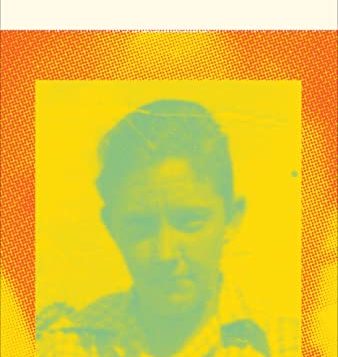WHEN HER MOTHER said that the mere sight of her made her want to vomit, college freshman Casey Parks reached for solace from her grandmother, a plain-spoken, chain-smoking woman who’d grown up picking cotton. The older woman explained that being a little “different” never bothered her, that, in fact, someone who was different had been her best friend once, when she’d moved from the farm to the city. She spun a tale that captivated Parks for more than a decade, and that made Parks vow to solve a decades-long mystery.
Years before, everybody in Delhi, Louisiana, knew Roy, and they knew that Roy was really a girl who wore men’s clothing. Some called Roy “she,” others called him “he,” and some people used unkind slurs. Parks, sensing that Roy would have preferred the masculine pronoun, uses he/him/his throughout this book. As far as Parks’ grandmother knew, she said, Roy had been “stolen” as a small child by a woman who said he had been abused by his birth parents. That woman raised Roy as a boy to hide his identity, though everybody knew the truth and few cared. Roy had friends, he always had odd jobs to do, and most people loved his music. In fact, it was said that he’d written a few country-and-western hits and sold them to big-name artists.
While Parks freely admits that her family consisted of tall-tale spinners and that the veracity of this one is questionable, as a lesbian who grew up in unusual circumstances, she was captivated by Roy’s story. Throughout the book, she intuits that the only person who wasn’t completely okay with Roy’s life was Roy. Based on her own experiences, Parks felt that there was a sensitive soul behind the person who mowed people’s lawns and played a mean banjo. Parks, too, had a mother who kept the household on its toes—her mother was always sick, often hospitalized, and addicted to a nasal spray that left her all but unresponsive for hours at a time—and Parks, like Roy, often felt unloved. In scattered passages that dot this entire book, Parks recalls a childhood lived beneath the shadow of legal but addictive drugs, the suicide of her mother’s soul mate—who was not Parks’ father—and her mother’s lifelong longing for a life she never got to live.
Parks fled Louisiana for the relative safety of Portland, Oregon, where she landed a job and figured that she might find other lesbians and finally a way to fit in. Still, she repeatedly claimed Louisiana as “home” and longed to be there, even as her mother continued to reject her for being gay—a rejection that cuts like sharp glass throughout this book. Meanwhile, Parks had begun to work on Roy’s story, tapping technicians and camera operators in order to make a movie, but for every person who knew Roy back in the 1950s and ‘60s and was willing to be interviewed, there was one who refused to talk. Most aggravating was the couple who had Roy’s belongings and journals but who refused to share them or even to let Parks have a peek. These gaps can be frustrating, but the story itself makes up for those pauses, which add to the mystery. The suspense continues until there are only a few pages left in this angsty, engrossing memoir.
____________________________________________________
Terri Schlichenmeyer is a freelance writer based in Wisconsin.







